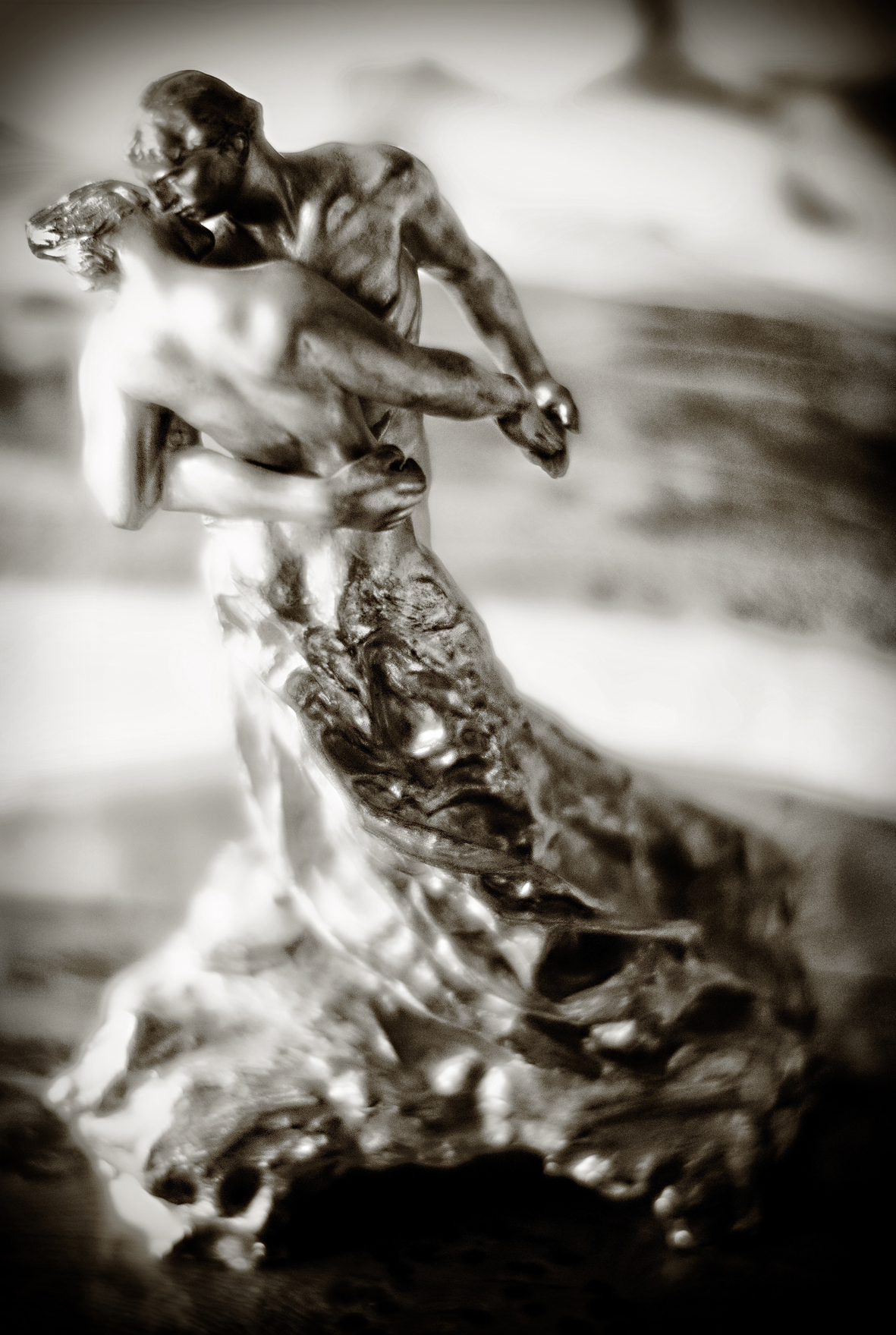|
Pattison Waltz
The Pattison Waltz was a dance piece by the pianist and composer J.N. Pattison, published in 1877. It was popular in the 1880s and was selected by Thomas Edison as one of the first musical pieces to be recorded on his new wax phonograph cylinders, on February 25, 1889.John C. Schmidt"Pattison, John Nelson" Grove Music Online.John Denison Champlin and William Foster ApthorpPattison, John Nelson ''Cyclopedia of music and musicians'', Vol. III, New York: Scribner's, 1890, p. 96. This and two other recordings were deemed so historically important by Edison that he enclosed the cylinders in a glass display case which he exhibited at the Recording Department of his company, Thomas A. Edison, Inc. Today, the cylinders are known as the "exhibition recordings". They reside in temperature-controlled storage at the Thomas Edison National Historical Park in New Jersey, and the digitized sound file has been placed on the National Recording Registry.Library of Congress"Edison Exhibition Recordi ... [...More Info...] [...Related Items...] OR: [Wikipedia] [Google] [Baidu] |
Thomas Edison
Thomas Alva Edison (February11, 1847October18, 1931) was an American inventor and businessman. He developed many devices in fields such as electric power generation, mass communication, sound recording, and motion pictures. These inventions, which include the phonograph, the motion picture camera, and early versions of the electric Incandescent light bulb, light bulb, have had a widespread impact on the modern industrial society, industrialized world. He was one of the first inventors to apply the principles of organized science and teamwork to the process of invention, working with many researchers and employees. He established the first industrial research laboratory. Edison was raised in the American Midwest. Early in his career he worked as a telegraph operator, which inspired some of his earliest inventions. In 1876, he established his first laboratory facility in Menlo Park, New Jersey, where many of his early inventions were developed. He later established a botanical ... [...More Info...] [...Related Items...] OR: [Wikipedia] [Google] [Baidu] |
National Recording Registry
The National Recording Registry is a list of sound recordings that "are culturally, historically, or aesthetically significant, and inform or reflect life in the United States." The registry was established by the National Recording Preservation Act of 2000, which created the National Recording Preservation Board, whose members are appointed by the Librarian of Congress. The recordings preserved in the United States National Recording Registry form a registry of recordings selected yearly by the National Recording Preservation Board for preservation in the Library of Congress. The National Recording Preservation Act of 2000 established a national program to guard America's sound recording heritage. The Act created the National Recording Registry, the National Recording Preservation Board, and a fundraising foundation. The purpose of the Registry is to maintain and preserve sound recordings and collections of sound recordings that are culturally, historically, or aesthetically sign ... [...More Info...] [...Related Items...] OR: [Wikipedia] [Google] [Baidu] |
Phonograph Cylinder
Phonograph cylinders (also referred to as Edison cylinders after its creator Thomas Edison) are the earliest commercial medium for Sound recording and reproduction, recording and reproducing sound. Commonly known simply as "records" in their heyday (c. 1896–1916), a name which has been passed on to Phonograph record, their disc-shaped successor, these hollow cylinder, cylindrical objects have an audio recording engraved on the outside surface which can be reproduced when they are played on a mechanical cylinder phonograph. The first cylinders were wrapped with tin foil but the improved version made of wax was created a decade later, after which they were commercialized. In the 1910s, the competing disc record system Format war, triumphed in the marketplace to become the dominant commercial audio medium. Early development In December 1877, Thomas Edison and his team invented the phonograph using a thin sheet of tin foil wrapped around a hand-cranked, grooved metal cylinder. Tin f ... [...More Info...] [...Related Items...] OR: [Wikipedia] [Google] [Baidu] |
United States National Recording Registry Recordings
United may refer to: Places * United, Pennsylvania, an unincorporated community * United, West Virginia, an unincorporated community Arts and entertainment Films * ''United'' (2003 film), a Norwegian film * ''United'' (2011 film), a BBC Two film * ''The United'' (film), an unreleased Arabic-language film Literature * ''United!'' (novel), a 1973 children's novel by Michael Hardcastle Music * United (band), Japanese thrash metal band formed in 1981 Albums * ''United'' (Commodores album), 1986 * ''United'' (Dream Evil album), 2006 * ''United'' (Marvin Gaye and Tammi Terrell album), 1967 * ''United'' (Marian Gold album), 1996 * ''United'' (Phoenix album), 2000 * ''United'' (Woody Shaw album), 1981 Songs * "United" (Judas Priest song), 1980 * "United" (Prince Ital Joe and Marky Mark song), 1994 * "United" (Robbie Williams song), 2000 * "United", a song by Danish duo Nik & Jay featuring Lisa Rowe * "United (Who We Are)", a song by XO-IQ, featured in the television serie ... [...More Info...] [...Related Items...] OR: [Wikipedia] [Google] [Baidu] |
Waltzes
The waltz ( , meaning "to roll or revolve") is a ballroom dance, ballroom and folk dance, in triple (3/4 time, time), performed primarily in closed position. Along with the ländler and allemande, the waltz was sometimes referred to by the generic term German Dance in publications during the late 18th and early 19th centuries. History There are many references to a sliding or gliding dance, including ''volte'', that would evolve into the waltz that date from 16th-century Europe, including the representations of the Printmaking, printmaker Sebald Beham, Hans Sebald Beham. The French philosopher Michel de Montaigne wrote of a dance he saw in 1580 in Augsburg, where the dancers held each other so closely that their faces touched. Kunz Haas (of approximately the same period) wrote, "Now they are dancing the godless ''Weller'' or ''Spinner''."Nettl, Paul. "Birth of the Waltz." In ''Dance Index'' vol 5, no. 9. 1946 New York: Dance Index-Ballet Caravan, Inc. pages 208, 211 "The ... [...More Info...] [...Related Items...] OR: [Wikipedia] [Google] [Baidu] |



